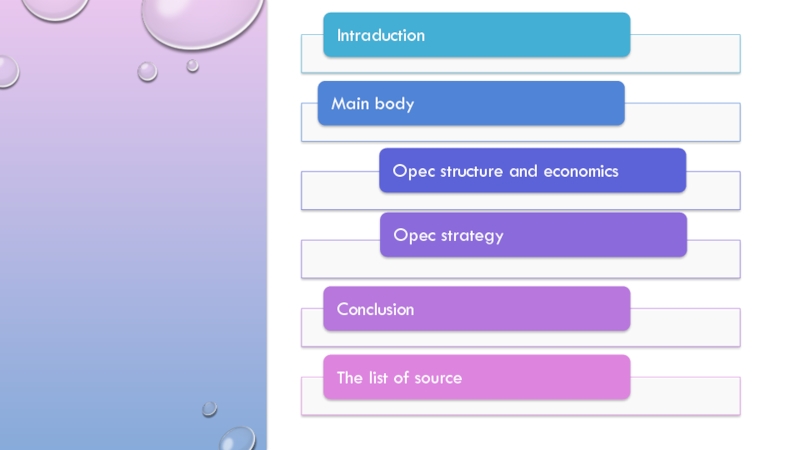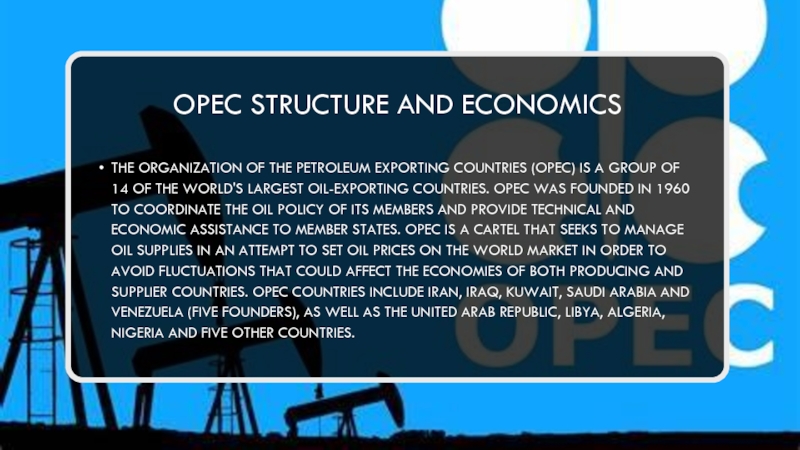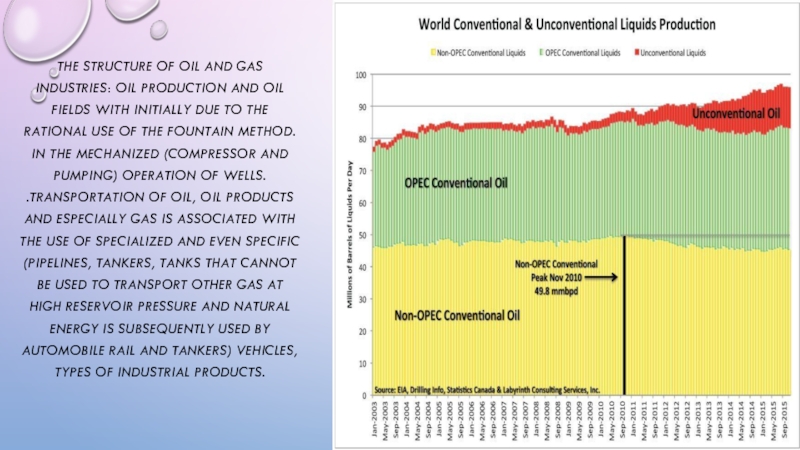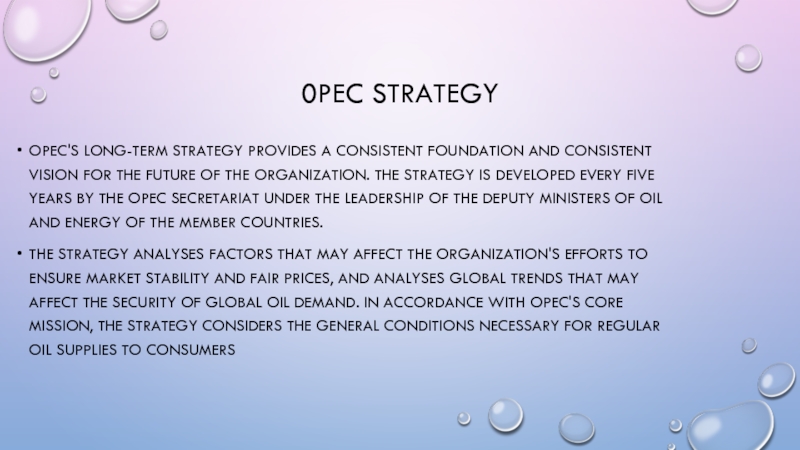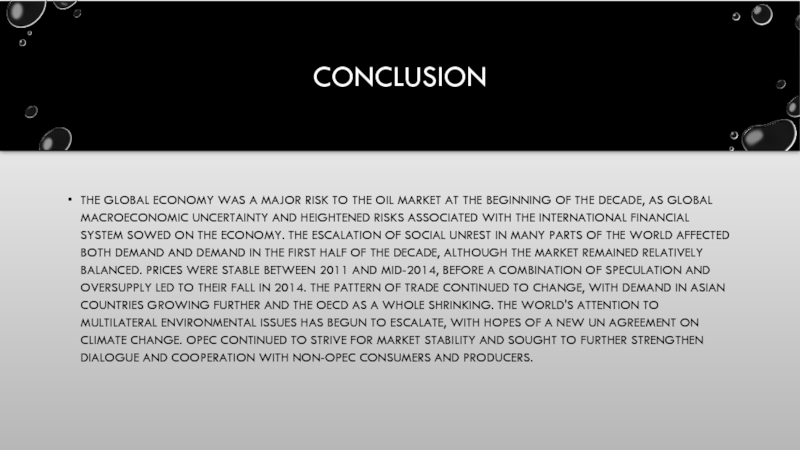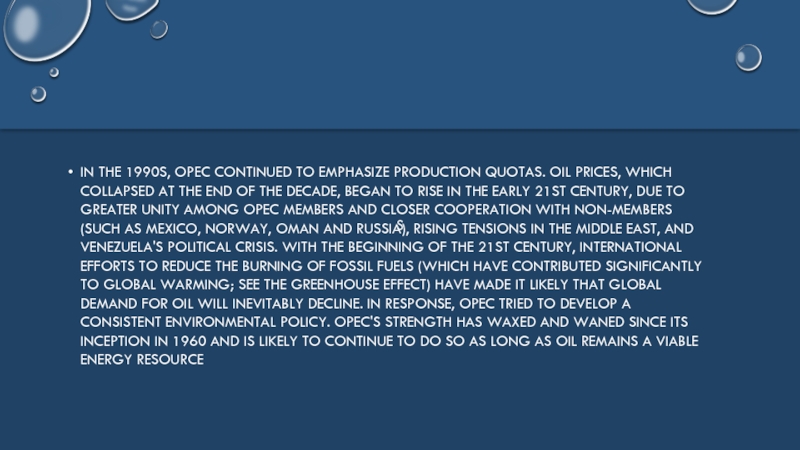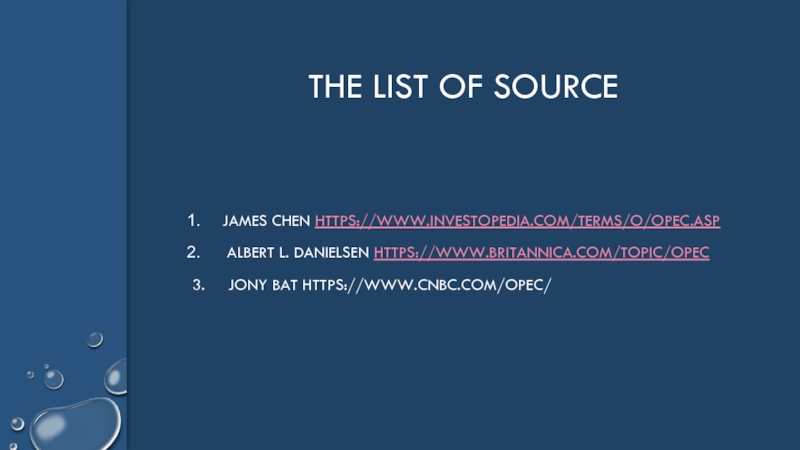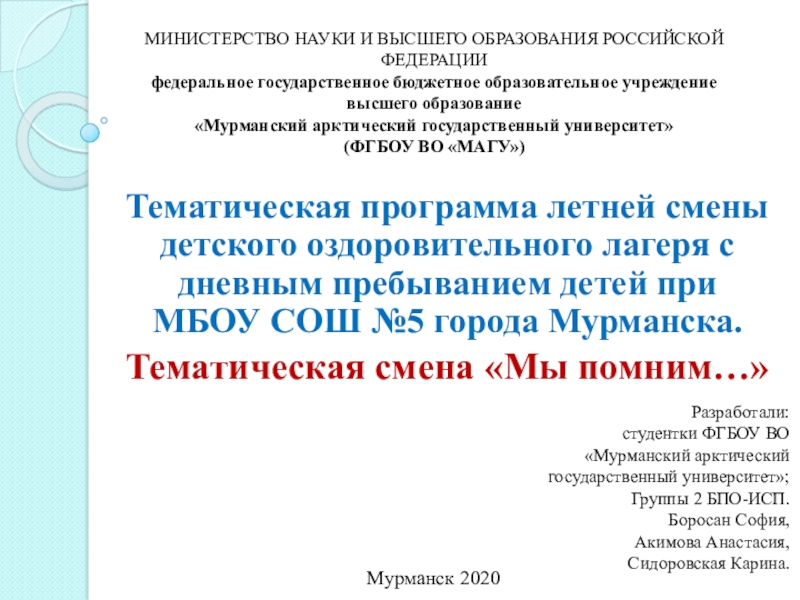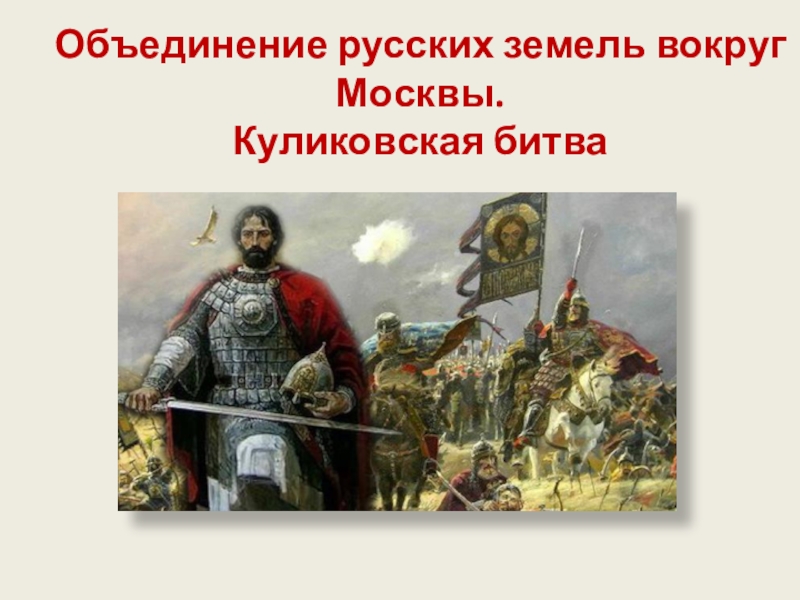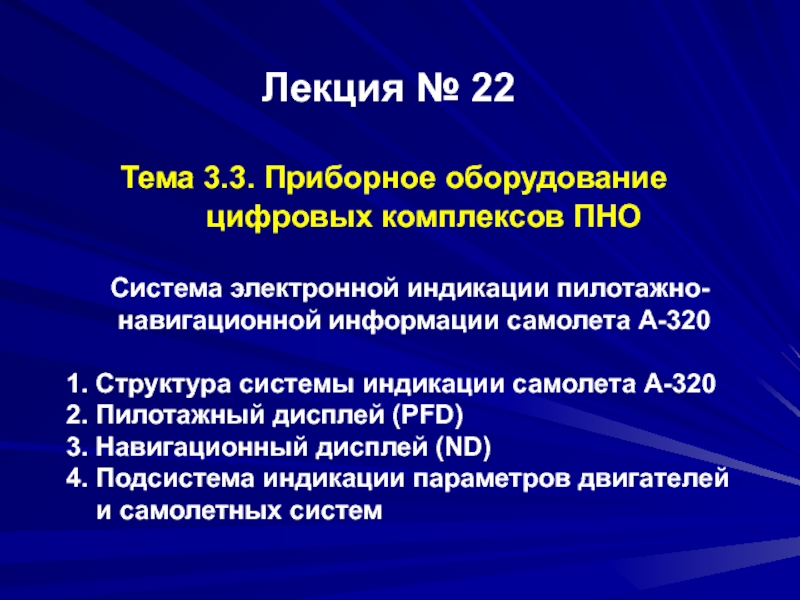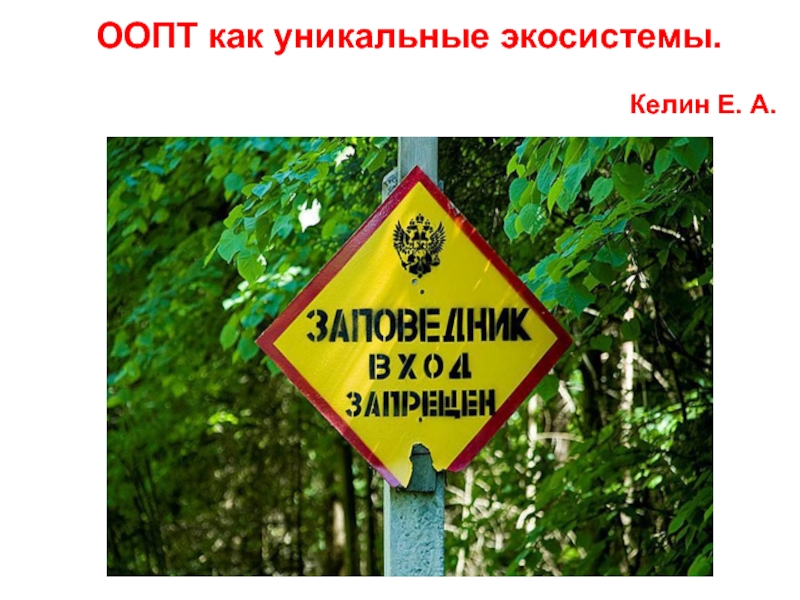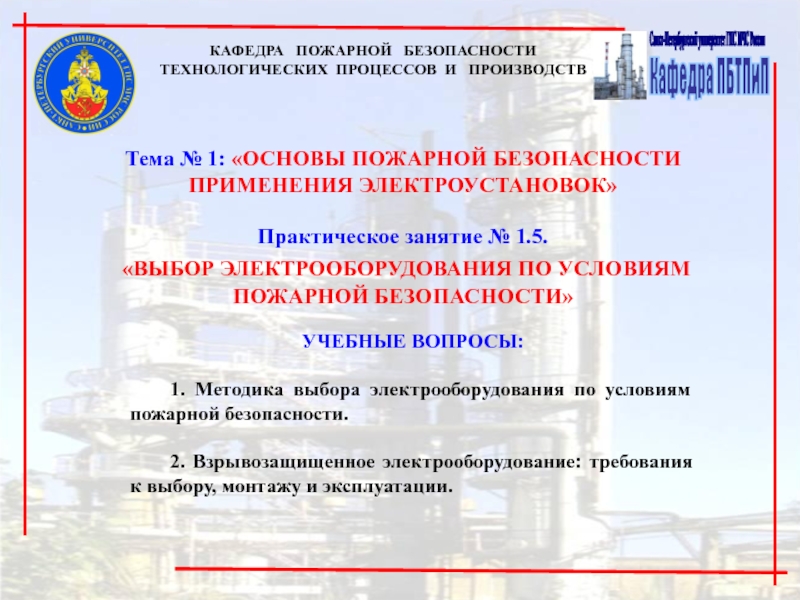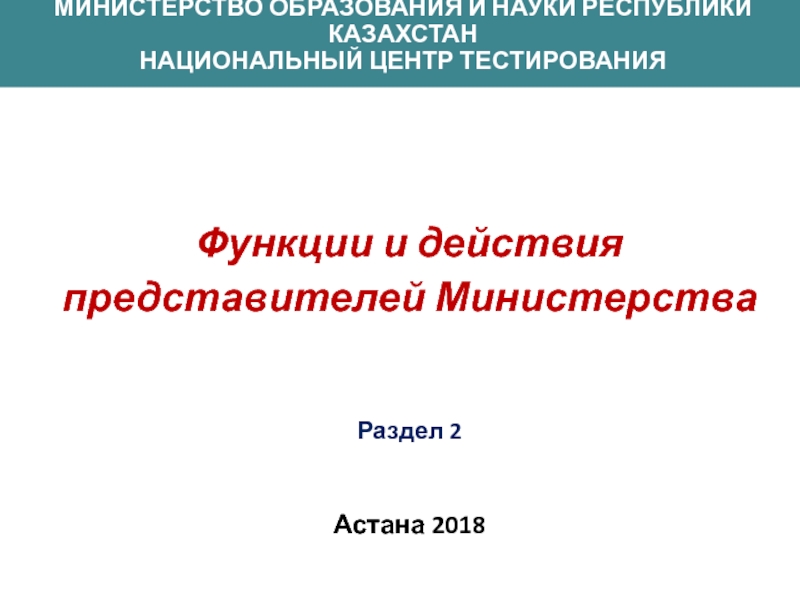Разделы презентаций
- Разное
- Английский язык
- Астрономия
- Алгебра
- Биология
- География
- Геометрия
- Детские презентации
- Информатика
- История
- Литература
- Математика
- Медицина
- Менеджмент
- Музыка
- МХК
- Немецкий язык
- ОБЖ
- Обществознание
- Окружающий мир
- Педагогика
- Русский язык
- Технология
- Физика
- Философия
- Химия
- Шаблоны, картинки для презентаций
- Экология
- Экономика
- Юриспруденция
OPEC function and structure
Содержание
- 1. OPEC function and structure
- 2. Слайд 2
- 3. introductionThe Organization of the Petroleum Exporting Countries
- 4. Opec structure and economicsThe Organization of the
- 5. The oil industry in the past, as
- 6. The structure of oil and gas industries:
- 7. Over the past three decades, world consumption
- 8. 0pec strategyOPEC's long-term strategy provides a consistent
- 9. conclusionThe global economy was a major risk
- 10. SIn the 1990s, OPEC continued to emphasize
- 11. James Chen https://www.investopedia.com/terms/o/opec.asp Albert L. Danielsen https://www.britannica.com/topic/OPEC3. Jony bat https://www.cnbc.com/opec/The list of source
- 12. Скачать презентанцию
Слайды и текст этой презентации
Слайд 3introduction
The Organization of the Petroleum Exporting Countries (OPEC) was founded
in Baghdad, Iraq, with the signing of an agreement in
September 1960 by five countries namely Islamic Republic of Iran, Iraq, Kuwait, Saudi Arabia and Venezuela. They were to become the Founder Members of the Organization.These countries were later joined by Qatar (1961), Indonesia (1962), Libya (1962), the United Arab Emirates (1967), Algeria (1969), Nigeria (1971), Ecuador (1973), Gabon (1975), Angola (2007), Equatorial Guinea (2017) and Congo (2018).
Слайд 4Opec structure and economics
The Organization of the Petroleum Exporting Countries
(OPEC) is a group of 14 of the world's largest
oil-exporting countries. OPEC was founded in 1960 to coordinate the oil policy of its members and provide technical and economic assistance to member states. OPEC is a cartel that seeks to manage oil supplies in an attempt to set oil prices on the world market in order to avoid fluctuations that could affect the economies of both producing and supplier countries. OPEC countries include Iran, Iraq, Kuwait, Saudi Arabia and Venezuela (five founders), as well as the United Arab Republic, Libya, Algeria, Nigeria and five other countries.Слайд 5The oil industry in the past, as before, continues to
provide for domestic needs and exports. At present, this type
of oil is of unique importance, and which only some of the countries possess. Moreover, the current situation on the world oil market only widens the gap between countries with this resource and countries.Слайд 6The structure of oil and gas industries: Oil production and
oil fields with initially due to the rational use of
the fountain method. In the mechanized (compressor and pumping) operation of wells. .Transportation of oil, oil products and especially gas is associated with the use of specialized and even specific (pipelines, tankers, tanks that cannot be used to transport other gas at high reservoir pressure and natural energy is subsequently used by automobile rail and tankers) vehicles, types of industrial products.Слайд 7Over the past three decades, world consumption of this energy
has increased. According to statistics obtained at the end of
2007, the proven reserves of this hydrocarbon raw material are distributed as follows: most of them in Saudi Arabia - 36 billion 191 million 800 thousand tons (21.3 percent of all oil reserves in the world); Iran ranks second in this indicator - 18 billion 958 million 900 thousand tons (11.18 percent); the third is Iraq, with 15 billion 753 million 400 thousand tons (9.29 percent). According to this parameter, our country is in seventh place in the world. Russian reserves of black gold are estimated at 10 billion 876 million 700 thousand tons, which corresponds to 6.41 percent of explored world deposits.nificantly.The main consumers of world oil are the most populous countries - the United States, China and India. The share of the last two states in world oil consumption is 55 percent. The United States continues to consume the most crude oil — more than 943 million tons per year, or 23.86 percent of total global consumption of black gold, of which 422.5 million is produced domestically, and more than 520 million accounts for imports. .
Слайд 80pec strategy
OPEC's long-term strategy provides a consistent foundation and consistent
vision for the Future of the Organization. The strategy is
developed every five years by the OPEC Secretariat under the leadership of the Deputy Ministers of Oil and Energy of the member countries.The strategy analyses factors that may affect the Organization's efforts to ensure market stability and fair prices, and analyses global trends that may affect the security of global oil demand. In accordance with opec's core mission, the Strategy considers the general conditions necessary for regular oil supplies to consumers

